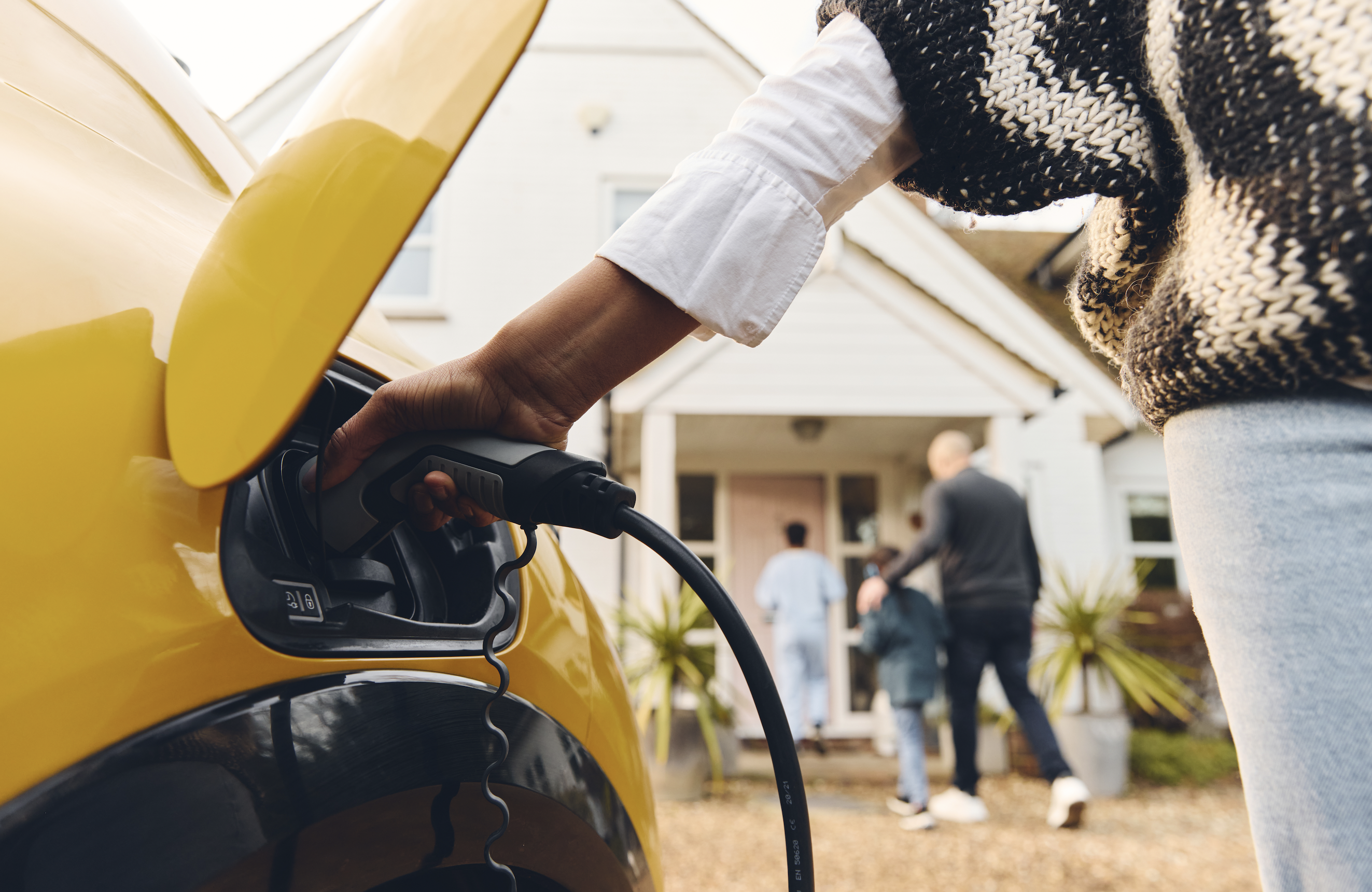With steadily increasing demand for electric vehicle (EV) — the International Energy Agency expects 14 million sales by year’s end of 2023, a 35% year-over-year increase — the speed at which the industry is required to deliver EV sales will increase as well. As mass-scaling lithium-ion batteries hit its peak, recall and warranty issues that come along with that speed-to-market turnaround will likely trend upward. Battery electric vehicle (BEV) recalls have risen 533% between 2018 and 2023.
Auto manufacturers and industry professionals alike must prepare a plan to deal with inevitable future recalls. Whether it be scaling resources, or capacity to service the vehicles — the solutions will be nothing like those historically depended on for internal combustion engine (ICE) vehicles.
EV recall landscape
According to the World Economic Forum, global sales of EVs surpassed 10 million for the first time in 2022, with EV sales leaping 55% year over year. As a result, 1 in every 7 cars purchased in 2022 was an EV, compared to 1 in 70 cars bought in 2017, just five years prior.
EV sales are predicted to increase to about 73 million units by 2040, growing to 61% of total worldwide car sales, according to Goldman Sachs Research. In many developed countries, EV sales are anticipated to comprise more than 80% of all sales. Efforts to quickly scale battery technology can cause notable challenges: shortages of labor and materials, delays in construction of giga-factories to produce batteries at scale, and competition for resources within the supply chain, among others.
Early adopters of EVs may have been more forgiving regarding support, servicing and tech-related issues. Now, as EVs scale into the wider market, mainstream customers appear to look at it differently. A 2023 Deloitte global automotive consumer study found that affordability, range anxiety and battery safety are all significant purchasing decisions. But product quality is number one.
Product recalls have scaled alongside sales. According to data obtained from U.S. and European regulators, EVs have had 875 unique recall events over the past five years. 103 of those events, or 12%, are attributed to batteries. Other issue categories include fluid leaks, fire risks when charging, short circuiting and self-charging.
Thermal runaway risks
When a recall occurs, the root cause and failure mechanism need to be identified to proceed to the next step: corrective action. Most serious among such events are those that end in fire — usually due to thermal runaway, a sudden energetic release of heat and energy from the battery in an uncontrolled manner until it catches on fire.
Most root causes are either mechanical (a crash scenario where the cell is crushed or deformed, for example), electrical (stemming from electrical abuse/overcharging), or thermal (when a battery pack isn’t cooled property or warmed up sufficiently). All three lead to an internal short circuit within the cell, which builds up heat and sets off uncontrolled reactions that cause fire, explosion and other hazards.
Some failure modes will occur earlier in a vehicle’s lifetime, while others — a vehicle crash scenario, for example — will occur sporadically. As components within aging vehicles have an increased failure rate, a portion will occur due to wear-out. Cell design and various chemistries will influence thermal runaway’s likely root causes, too.
EV range anxiety
Range anxiety is the widespread concern that an EV will not have enough battery charge to reach its destination, leaving its occupants stranded. This applies to an EVs lifespan, too — if the vehicle initially markets a 250,000-mile range, is that value dependable for a vehicle’s lifespan and warranty period?
Range is one of many critical barriers — including affordability and battery safety concerns — to EV adoption, according to Deloitte’s 2023 global automotive consumer study. The study found product quality to be the premier factor driving consumer purchasing decisions — more so than brand familiarity/image, price, or even overall performance (including battery range). The impact recalls can have on consumer perception is a crucial consideration for automakers; it necessitates advance preparation and recall readiness, and a plan to mitigate reputational harm when a product-related incident does occur.
Truth be told, it is difficult for auto original equipment manufacturers (OEMs) to accurately predict range, because EV batteries and the vehicle’s output power are highly variable depending on the current conditions and how the battery is operated. The outside temperature and overall climate, driving style, vehicle load and other conditions play a critical role.
On the consumer side, fast charging is a known mechanism for degrading the battery cell more quickly. The power of day-to-day analytics on a vehicle-by-vehicle basis, and educating consumers on how batteries work, how they degrade, and how you can maximize long-term performance, is key to balancing range predictions and consumer expectations.
Advanced failure prevention
After identifying the root cause and beginning on a course of corrective action, how do we prevent a failure from occurring again? Whether a redesign is necessary or consulting with the manufacturer, action must be taken to return a safe product to the streets.
Ensuring an EV’s initial design and build is as robust as possible does not solve every issue. But as EV adoption and usage increase globally, so too will the dataset OEMs have at their disposal to interrogate, analyze and use to make better informed decisions. The most promising failure prevention strategies lie in digesting the large sets of data provided by each vehicle.
EVs contain complex wireless internal networks that are oftentimes connected back to the OEMs, enabling the proactive diagnosis of vehicle defects via telematics and the ability to fix issues remotely over the air. It also allows for continuous tracking of battery performance through high-quality data. Most settings can be adjusted remotely to tune the vehicle’s output. If a vehicle has a proven failure visible in its data, for example, an OEM might tweak certain settings to improve reliability.
Some of these concepts were previously shared in a 45-minute webinar: Electrification and the evolving risk landscape.

